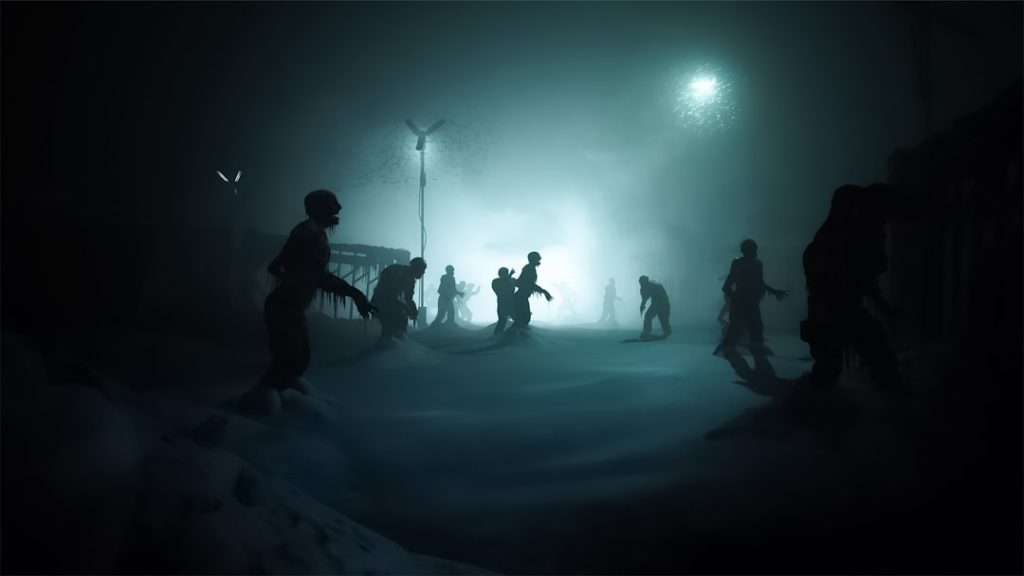Are you encountering blurry or low-quality textures in Call of Duty: Modern Warfare 2 or Warzone 2? You’re not alone. Many players have reported texture pixelation issues that affect the game’s visuals and overall experience. Whether it’s smeared walls, blocky character models, or delayed loading for high-resolution textures, these problems can make high-stakes combat in the Warzone feel more frustrating than thrilling.
Fortunately, there are several ways to address this issue. In this guide, we’ll walk you through the potential causes behind the texture pixel problem and offer tried-and-true solutions to help restore clarity to your gameplay.
Why Are Texture Issues Happening?
The texture pixelation problem often stems from a combination of high GPU usage, incorrect graphical settings, or streaming texture data being interrupted. Here are some likely culprits:
- Streaming Texture Settings: If your texture streaming is limited by bandwidth or memory, the game may downscale quality.
- VRAM Overuse: Playing on high settings without enough video memory can lead to reduced texture resolution.
- Outdated Drivers: Keeping your GPU drivers out of date can hamper optimal performance and create rendering glitches.
- Corrupted Shader Cache or Game Files: When certain assets aren’t loaded correctly, visual artifacts can appear.
Quick Fixes You Can Try
Before diving into advanced configuration changes or reinstalling the game, try these quick troubleshooting tips that often resolve the issue:
1. Restart Your Game and System
A simple restart can update your GPU allocation and allow textures to reload properly. It sounds basic, but it can solve more problems than you’d expect.
2. Clear Shader Cache
Corrupted shader cache can cause graphical anomalies. You can clear it from your GPU control panel or directly within Warzone 2 settings on PC.
3. Change Texture Streaming Settings
In the game’s video settings, locate the “On-Demand Texture Streaming” option. Either enabling or disabling it (depending on your system) can dramatically affect texture quality. Also, raising the allocated texture memory size can help if you have the available bandwidth and RAM.
4. Update Your Graphics Drivers
Ensure your system runs the latest NVIDIA or AMD drivers. Developers frequently release updates that enhance game performance or address known bugs.
5. Set Texture Resolution to Normal or High
If texture resolution is set too low in graphics settings, upscaling can’t save it. Try increasing it if your GPU and RAM can handle the extra load.
Advanced Solutions
Still seeing pixelated textures even after tweaking the basics? Time to dive a bit deeper.
Reinstall or Repair Game Files
Corrupted game files can prevent textures from rendering correctly. On platforms like Steam or Battle.net, use the built-in “Scan and Repair” or “Verify Integrity of Game Files” feature to ensure each file is correctly installed.
Allocate More Bandwidth for Texture Streaming
This option is especially useful if you’ve enabled texture streaming from the internet. Go to the Texture Streaming settings and increase the maximum allowed bandwidth. Just make sure your internet connection can handle it.
Check for Background Applications
Running other apps, especially those using GPU resources (like browser tabs with video), can impact how well Warzone 2 handles textures. Minimize or close unnecessary applications.
Console Players – You’re Not Left Out
If you’re experiencing these issues on a PlayStation or Xbox, you should:
- Check for system and game updates regularly.
- Clear your console’s cache — on Xbox, this involves powering down and unplugging the console briefly.
- Consider reinstalling the game if the issue persists.
Final Thoughts
Warzone 2 and Modern Warfare 2 are visually impressive games when functioning properly, but texture pixelation can severely reduce immersion. By adjusting your graphic settings, updating software, and carefully managing system resources, you can enjoy immersive, high-resolution gameplay again.
Keep experimenting with these fixes until you find what works for your specific system setup. With regular patches and community support, texture issues are becoming easier to manage—so don’t let a few pixels ruin your mission.

